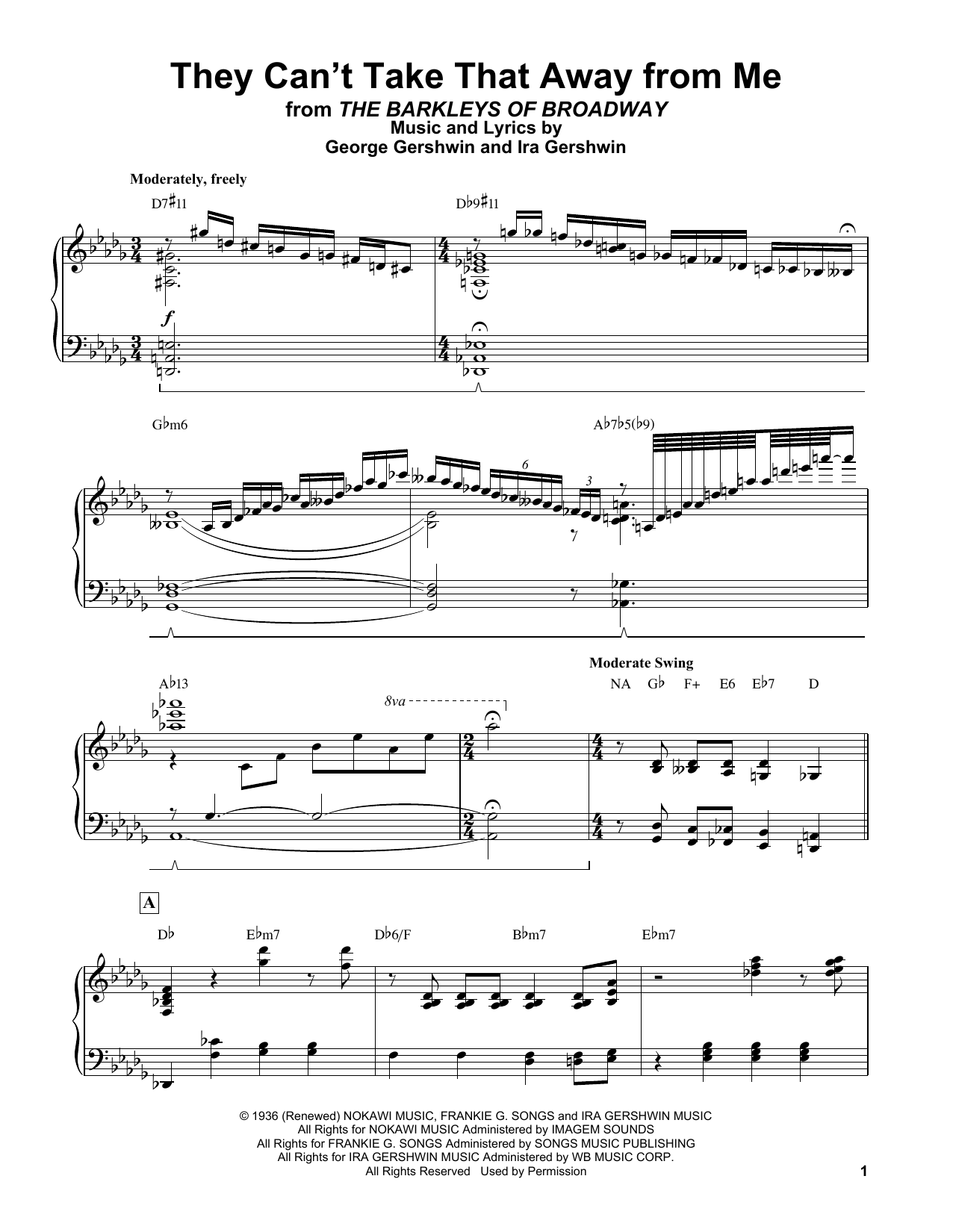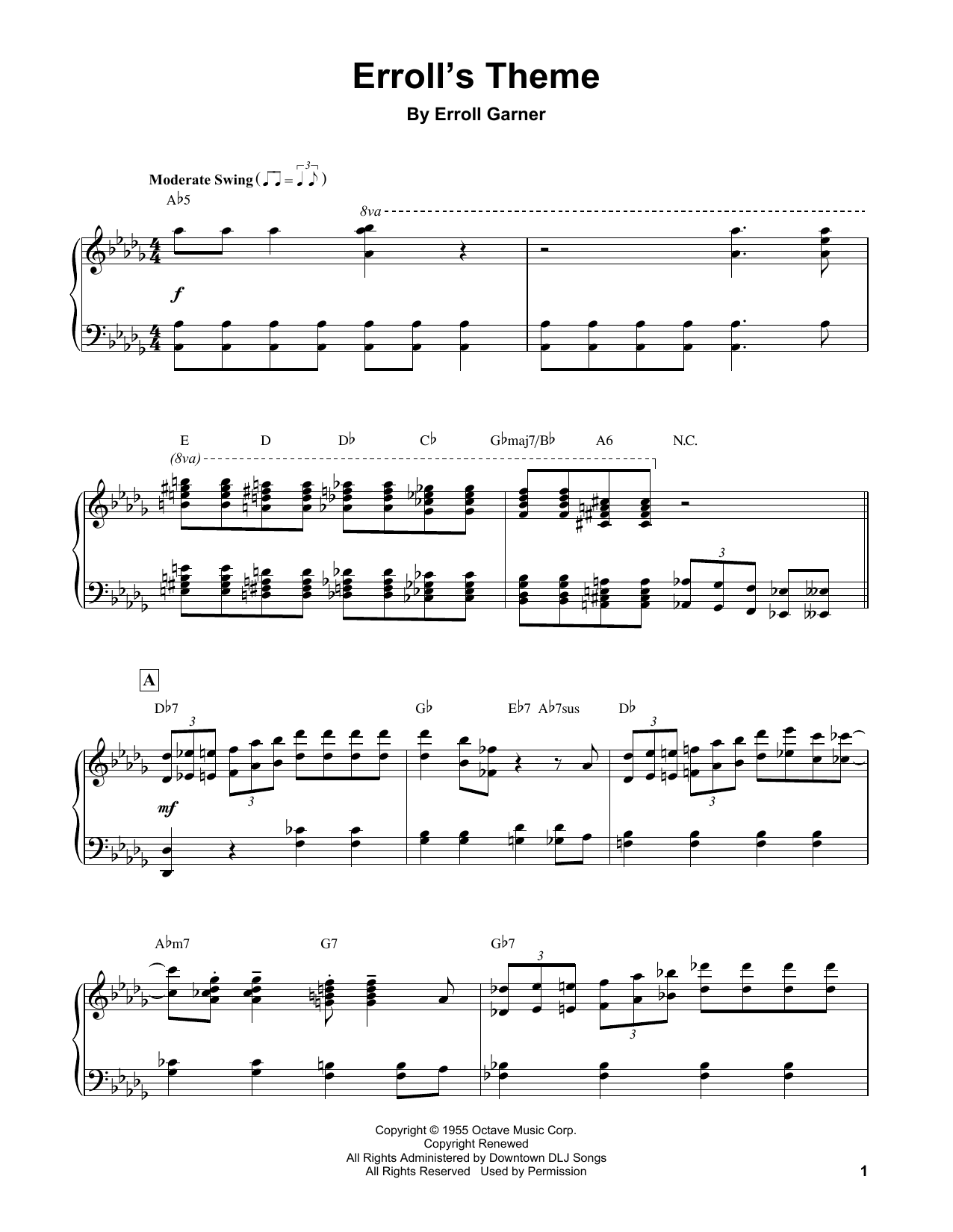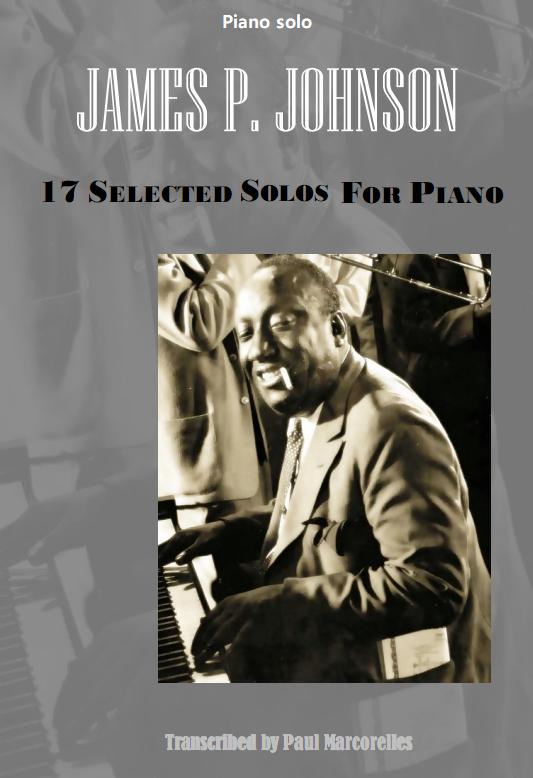


Try the ones specified first, but there is always room to experiment with different combinations.

Something to be aware of Natasha: when you see “#5#9”, “b9”, “#9”, “#5” or “alt” in a chord symbol, you have the creative freedom to choose which alterations you include or exclude. It’s great to see that you are analysing the harmony numerically 😊 Good question! Yes you are correct… F would be the #5.

I hope this helps… any further questions let me know.Īwesome… glad to hear the transcription is useful! For example, a II-V-I in Eb Major, try playing F-9, Bb13, and then Eb6/9. You could use this voicing as the I chord in a II-V-I. Always think in terms of scale degrees so you have the ‘blueprint’ to apply the voicing to all 12 keys. Remember that this ‘formula’ will work in any key… LH: root and 5th. I use this voicing a lot so you will come across it throughout the PianoGroove course. Try playing Eb and Bb low down in the left hand (root and 5) and then play G-C-F in the right hand (3-6-9) – this is nice because we have a stack of 4ths in the right hand which creates a lovely texture. ‘Eb59’ doesn’t exist, it would always be ‘Ebadd9’, but remember that Eb69 is a much more common voicing… certainly one that you should familiarise yourself with… There are a few jazz standards where we have used this voicing, but it is not as common as the other voicings that we cover in detail in the PianoGroove course. When neither the 6th or 7th is present but the 9 is, effectively you have a major triad with the 9th. The 9th adds some texture to the chord which can be a nice effect. This means an Eb Major triad with the 9th added in. In that case, the chord would be called Ebadd9. When playing ‘spread voicings’ – where the notes of the chord are spaced out 2 octaves or more – you will likely find the voicings sound ‘incomplete’ with just half of the notes and so my recommendation would be to practice very slowly but hands together.Īs you progress through the course you will become more comfortable playing hands together. Just copy the notes, even if right now the theory doesn’t make sense, the full understanding will come with time. You will find this very difficult to begin with, particularly with those altered dominant chords so don’t get too hung up on it. Try to make an effort to consciously analyse each note to identify the primary chord tones, extensions, and alterations if applicable. The most important thing is that you are analysing the scale degrees of the notes in relation to the underlying harmony. Yes bars 7 and 8 in the transcription are quite challenging… there’s three things going on there: sus chords, tritone substitution, and also altered dominant chords.


 0 kommentar(er)
0 kommentar(er)
